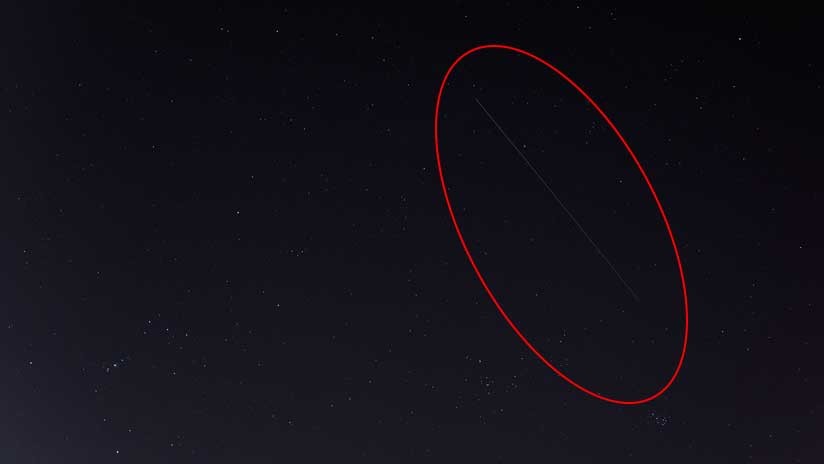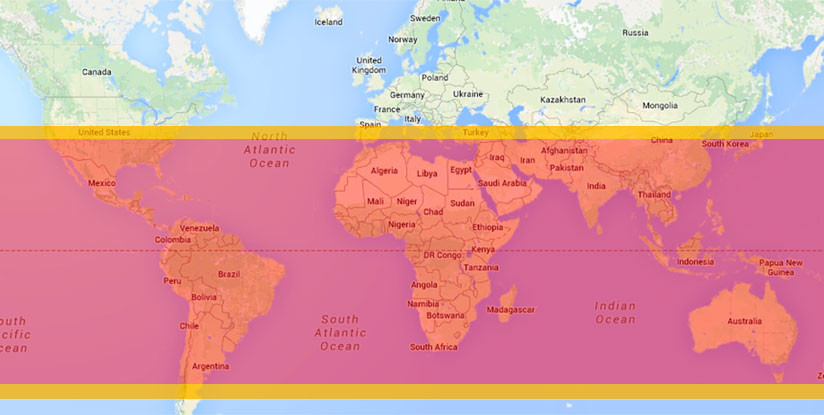The scientist says he'll 'prove NASA cover-up over alien life on Mars' with bombshell report which he claims proves NASA has covered up evidence of alien life on Mars. Dr Barry DiGregorio said the agency's space explorer - dubbed Curiosity - has images of what may be trace fossils. DiGregorio is author of Mars The Living Planet and The Microbes of Mars, both support the data provided by the 1976 Viking biology experiment known as the Labeled Release experiment designed by Gilbert V. Levin. These books conclude that Levin's Mars LR experimensts were the first to discover evidence for microbial activity in the soil of Mars.
Star-shaped and swallowtail-shaped tiny, dark bumps in fine-layered bright bedrock of a Martian ridge are drawing close inspection by NASA's Curiosity Mars rover.
This set of shapes looks familiar to geologists who have studied gypsum crystals formed in drying lakes on Earth, but Curiosity's science team is considering multiple possibilities for the origin of these features on "Vera Rubin Ridge" on Mars.
One uncertainty the rover's inspection may resolve is the timing of when the crystal-shaped features formed, relative to when layers of sediment accumulated around them. Another is whether the original mineral that crystallized into these shapes remains in them or was subsequently dissolved away and replaced by something else. Answers may point to evidence of a drying lake or to groundwater that flowed through the sediment after it became cemented into rock.
The rover team also is investigating other clues on the same area to learn more about the Red Planet's history. These include stick-shaped features the size of rice grains, mineral veins with both bright and dark zones, color variations in the bedrock, smoothly horizontal laminations that vary more than tenfold in thickness of individual layers, and more than fourfold variation in the iron content of local rock targets examined by the rover.
"There's just a treasure trove of interesting targets concentrated in this one area," said Curiosity Project Scientist Ashwin Vasavada of NASA's Jet Propulsion Laboratory, Pasadena, California. "Each is a clue, and the more clues, the better. It's going to be fun figuring out what it all means."
Vera Rubin Ridge stands out as an erosion-resistant band on the north slope of lower Mount Sharp inside Gale Crater. It was a planned destination for Curiosity even before the rover's 2012 landing on the crater floor near the mountain. The rover began climbing the ridge about five months ago and has now reached the uphill, southern edge. Some features here might be related to a transition to the next destination area uphill, which is called the "Clay Unit" because of clay minerals detected from orbit.
The team drove the rover to a site called "Jura" in mid-January to examine an area where - even in images from orbit - the bedrock is noticeably pale and gray, compared to the red, hematite-bearing bedrock forming most of Vera Rubin Ridge.
"These tiny 'V' shapes really caught our attention, but they were not at all the reason we went to that rock," said Curiosity science-team member Abigail Fraeman of JPL. "We were looking at the color change from one area to another. We were lucky to see the crystals. They're so tiny, you don't see them until you're right on them."
The features are about the size of a sesame seed. Some are single elongated crystals. Commonly, two or more coalesce into V-shaped "swallowtails" or more complex "lark's foot" or star configurations. "These shapes are characteristic of gypsum crystals," said Sanjeev Gupta, a Curiosity science-team member at Imperial College, London, who has studied such crystals in rocks of Scotland. Gypsum is a form of calcium sulfate. "These can form when salts become concentrated in water, such as in an evaporating lake."
DiGregorio, from University of Buckingham, an expert is ichnology - a science which combines the study of dissolution cavities left behind by organisms along with their tracks, trails and burrows, said: "They look remarkably similar to Ordovician trace fossils I have studied and photographed here on Earth. "If not trace fossils, what other geological explanations will NASA come up with?" He says the trace fossils represent signs of "soft bodies creatures" which once roamed the Red Planet.
DiGregorio has now accused NASA of a cover up and said the space agency could be witholding information due to its plans to send humans to Mars in the 2030s. He told Daily Star Online: "Put it this way, these images, these figures, have not been seen on Mars to date. "One of the things that grabbed me immediately was the expediency that NASA left the area of such a mission. So when I started looking, it wasn't just the objects that were attached the outside, what they are calling sticks.
"If you look at the images more closely, the sticks merge into the host rock, this actually has features in it that are reminiscent of trace fossils.























